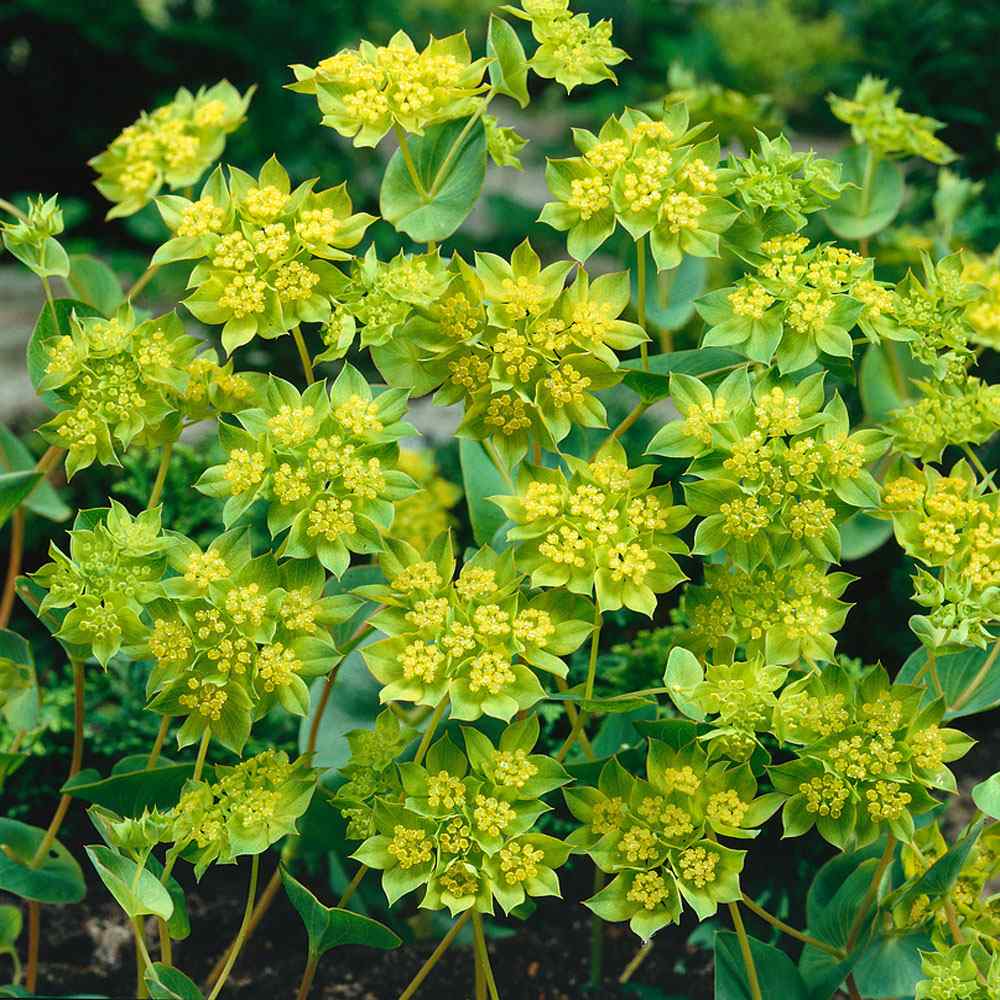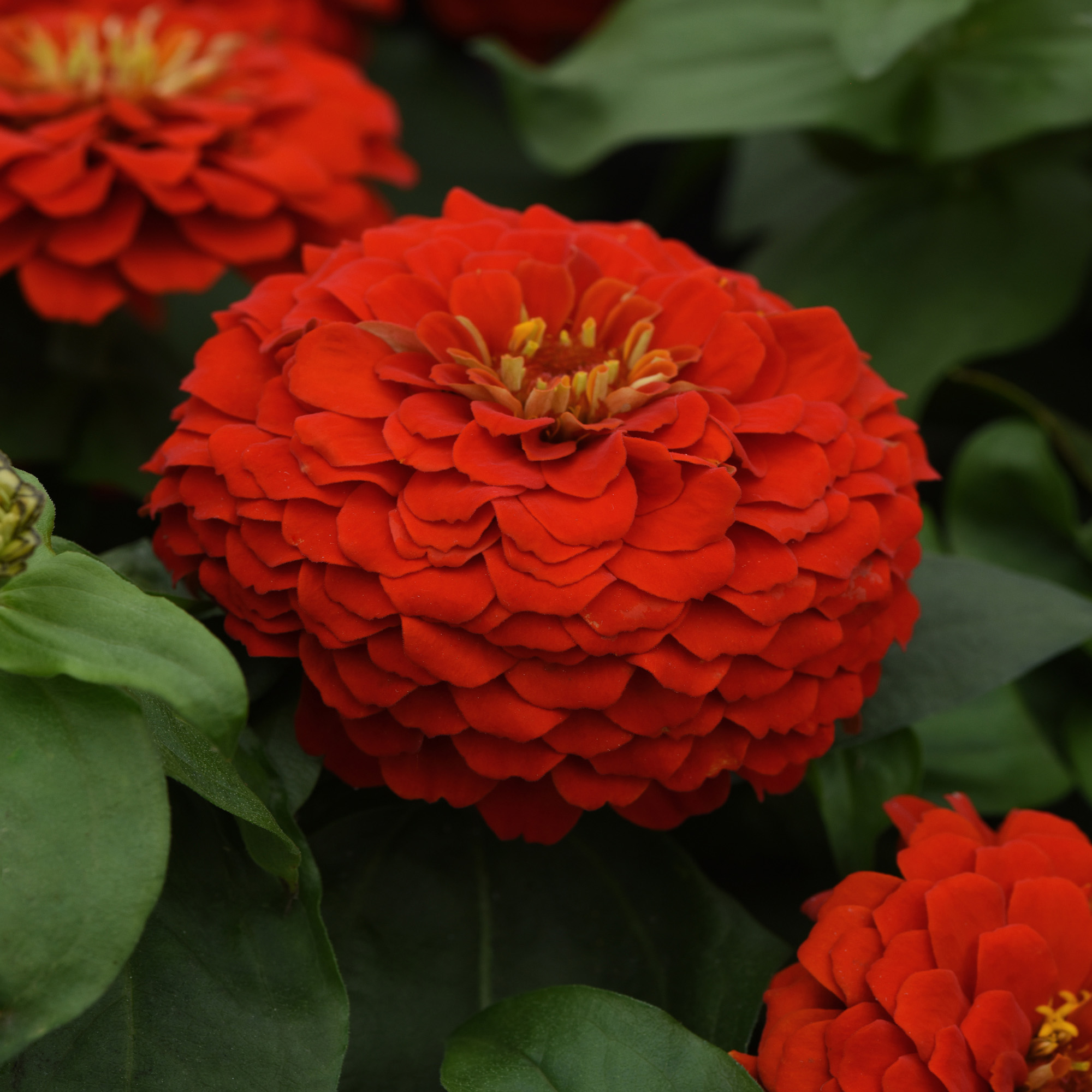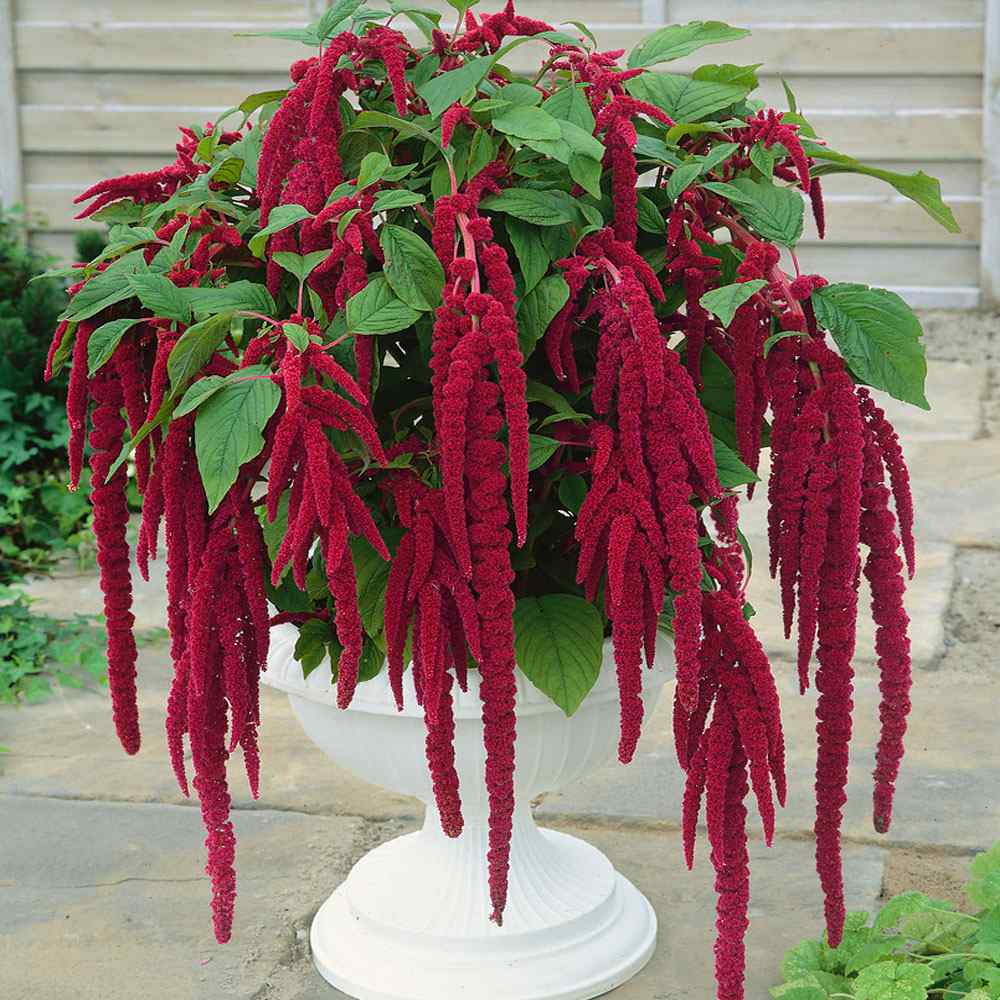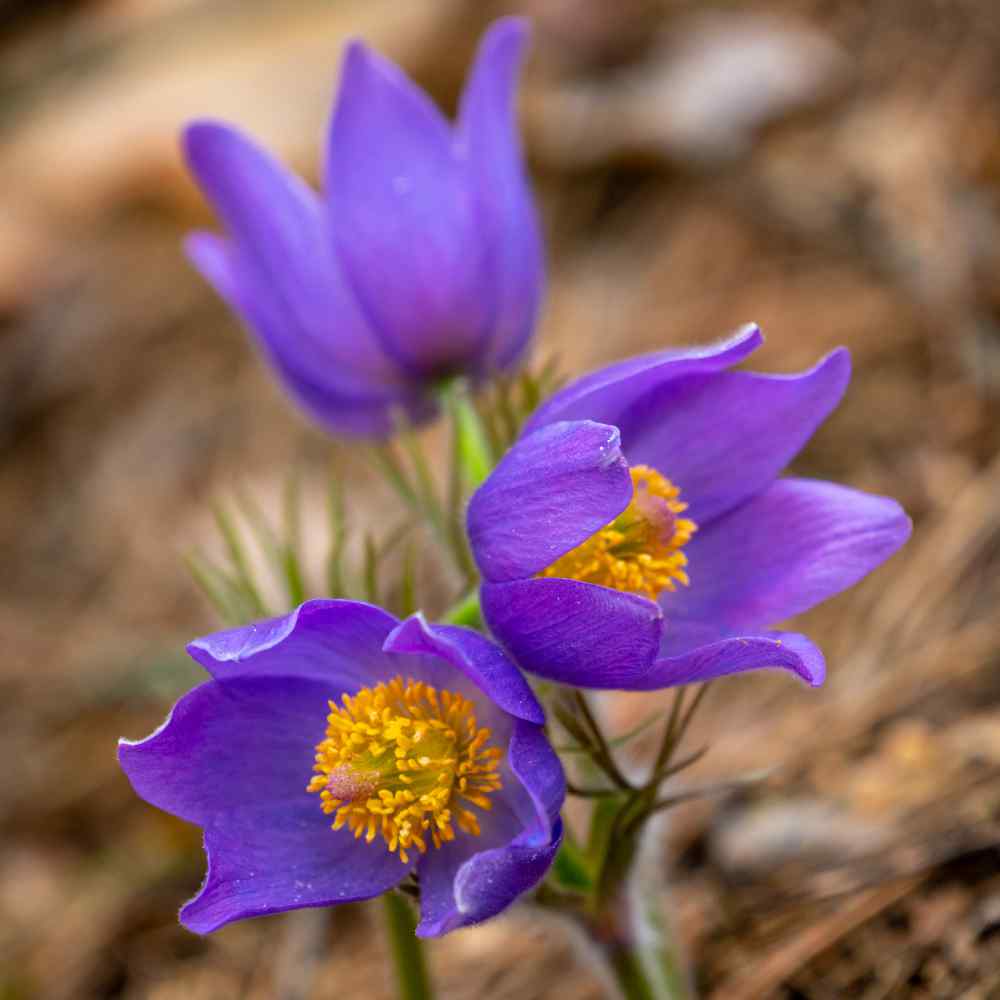
Bupleurum Planting Guide
Quick Facts About Bupleurum
Hare's Ear is an annual flowering plant that grows in USDA zones 3 through 10. It makes for a lovely cut flower with a natural, wild appearance. It can grows as a perennial in frost-free zones.
Planting Time
Sow the seeds directly outdoors after danger of frost. You may also start seeds 6 - 8 weeks before last frost indoors.

Planting Location
Plants like full sun and well drained soil.
How to Plant Bupleurum
- If directly sowing outdoors after danger of frost, prepare seedbed by removing weeks and loosening soil. If starting indoors to get a jump start on your blooming season, start 6 to 8 weeks before last frost in trays at 1 - 2 seeds per cell.
- Keep the soil moist until germination.
- Germination should occur in 14 - 60 days. Germination can be erratic.
- If starting indoors: as soon as seedlings emerge, provide plenty of light on a sunny windowsill, greenhouse or grow seedlings to the true leaf stage beneath fluorescent plant lights turned on 16 hours per day, off for 8 hours at night. Raise the lights as the plants grow taller. (Transplant to larger pots once they are large enough to handle if needed) Incandescent bulbs will not work for this process because they will get too hot. Most plants require a dark period to grow, do not leave lights on for 24 hours.
- Before transplanting, seedlings need to be “hardened off”. Accustom young plants to outdoor conditions by moving them to a sheltered place outside for a week. Be sure to protect them from wind and hot sun at first. If frost threatens at night, cover or bring containers indoors, then take them out again in the morning. This hardening off process toughens the plant’s cell structure and reduces transplant shock and scalding.
- Transplant after all danger of frost has passed.
- Space plants 12 inches apart in garden.

Care And Maintenance
- Keep weeds under control during the growing season. Weeds compete with plants for water, space and nutrients, so control them by either cultivating often or use a mulch to prevent their seeds from germinating.
- Mulches help retain soil moisture and maintain even soil temperatures. For annuals an organic mulch of shredded leaves lends a natural look to the bed and will improve the soil as it breaks down in time. Always keep mulches off a plant’s stems to prevent possible rot.
- Remove plants after they are killed by frost in fall to avoid disease issues the following year.
- If using for cutflowers, provide support for straigher stems.




































